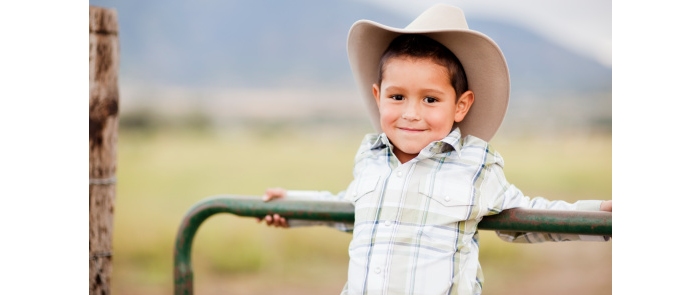Alleviate Anxiety and Activate the Healing Power Within
By Dr. Roxanne Daleo
Allow me to offer you an easy technique for fast relief. Using dramatic play, with little or no prompting, the child places himself into the world of story; it can lasts for a few minutes, hours or even days and all that is needed is a hat!
The child is immediately transported. But don’t be fooled by the simplicity of this shape-shifting “hat trick!” Wise, world cultures have been using it seriously for centuries.
Consider when the Native American Chief places his stunning head dress of valuable eagle feathers, he believes he possesses the powers of that sacred eagle and in doing so connects with the Great Spirit.
Can you self-possess your powers within to access your divine spirit?
In drama class, we make our costumes first to access the inner life or suppose we refer to it as the inner spirit. In many world traditions, the making of a garment can give you protection, such as the Emperor’s robe or King’s crown which is meant to transform the wearer from common place into Royalty, from ordinary into supernatural.
Activate your healing power within.











